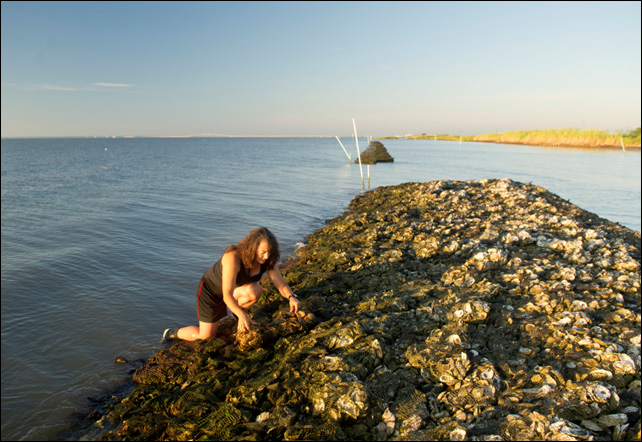
After the November election, infrastructure reform is one of only a few topics that can be discussed with civility. However, that doesn’t mean there aren’t conflicting opinions about how to fix the problems. President-elect Donald Trump has promised to infuse $1 trillion into infrastructure spending, but Congress will have a strong hand in approving the details of any plan that is approved.
Infrastructure in the United States is extremely poor, especially when compared to other large countries. The most recent report from the American Society of Civil Engineers (ASCE) gave the U.S. several failing scores – a D for roads, drinking water and aviation and a D- for inland waterways and levees. The organization says it will take $3.6 trillion to fix the nation’s infrastructure.
Americans have indicated huge support for infrastructure spending. In November, 22 states approved $201 billion in local bond initiatives, primarily for infrastructure projects. If Congress delivers another $1 trillion for infrastructure projects, the country will see economic activity unlike anything in recent history.

Oyster reef restoration in Mobile Bay, AL, as part of the Restore Coastal Alabama project.
If and when the funding starts to flow, it will be important for contractors to note that public officials will look long and hard at innovative options that deliver benefits tied to sustainability. Green infrastructure solutions, where projects use materials that exist naturally and are readily available, are now a very attractive option. When green solutions are implemented, the materials are less expensive and also environmentally friendly – an increasingly important factor when projects are tied to federal funding.
The state of Alabama can point to a green infrastructure restoration project to repair more than 600 acres of oyster reefs along its coastland. The reefs were damaged from drought and erosion and some were totally destroyed as a result of the Deepwater Horizon oil spill in 2010. Oyster shells are being used in the restoration and the project has the benefit of long-term sustainability.
The District of Columbia has a $2.6 billion Clean Rivers Project – an underground tunnel network that will manage sewage overflows into the Anacostia River. Current overflows discharge more than 1 billion gallons per year of sewage into the river, but once the tunnels are completed, overflow rates will shrink by 98 percent. Green infrastructure is important to the city and it has been a part of DC Water’s programs since 2011. The city has implemented solutions such as green roofs, rain gardens and porous pavement to capture or slow runoff and wastewater before it enters the city’s drainage systems.
Although these two examples are related to water projects, green infrastructure is being incorporated in all types of transportation, aviation and port projects. The benefits are noteworthy, and while green infrastructure is not always the best choice, many private-sector firms have seen the future – sustainability may be the critical component when it comes to capturing government contracts.
